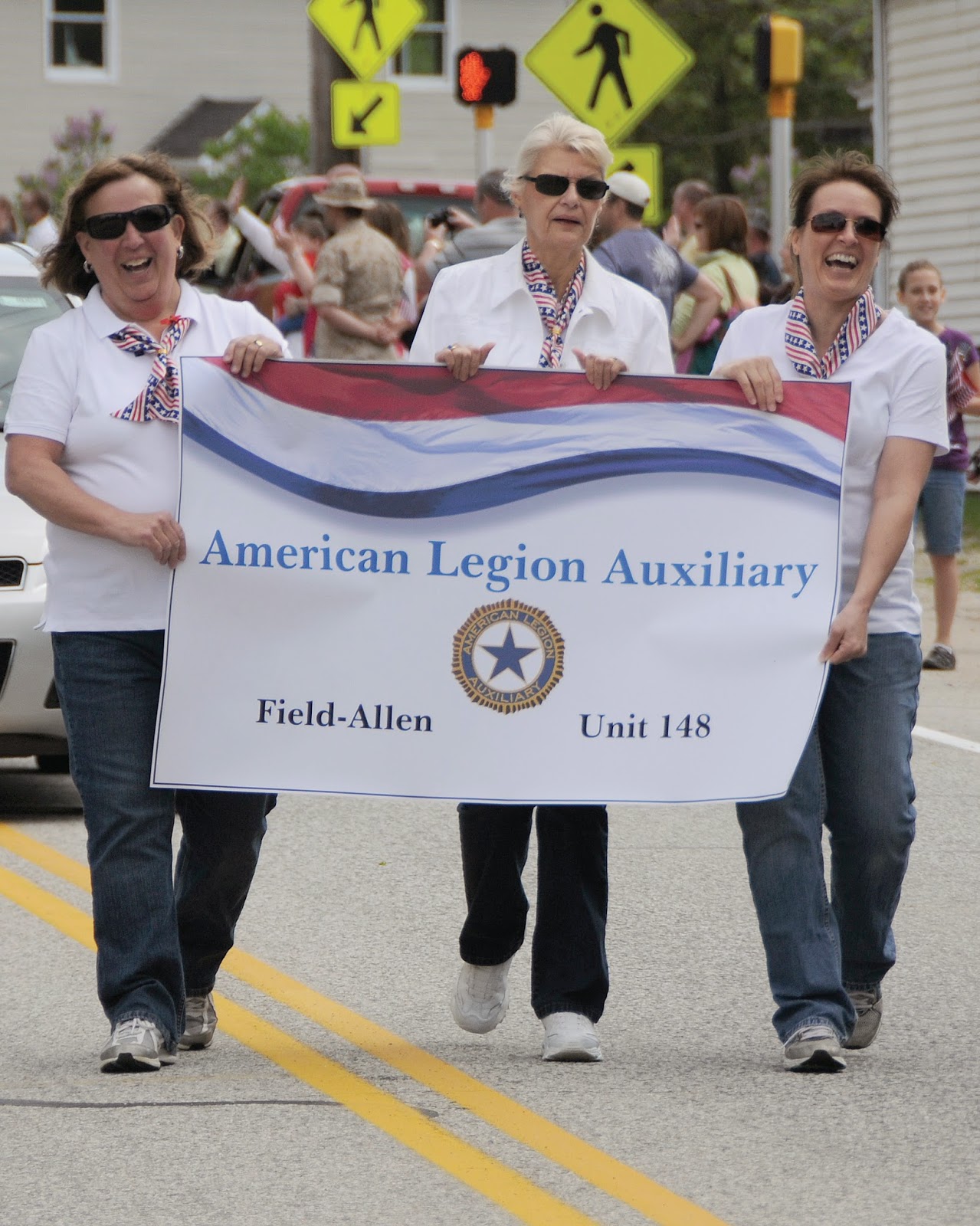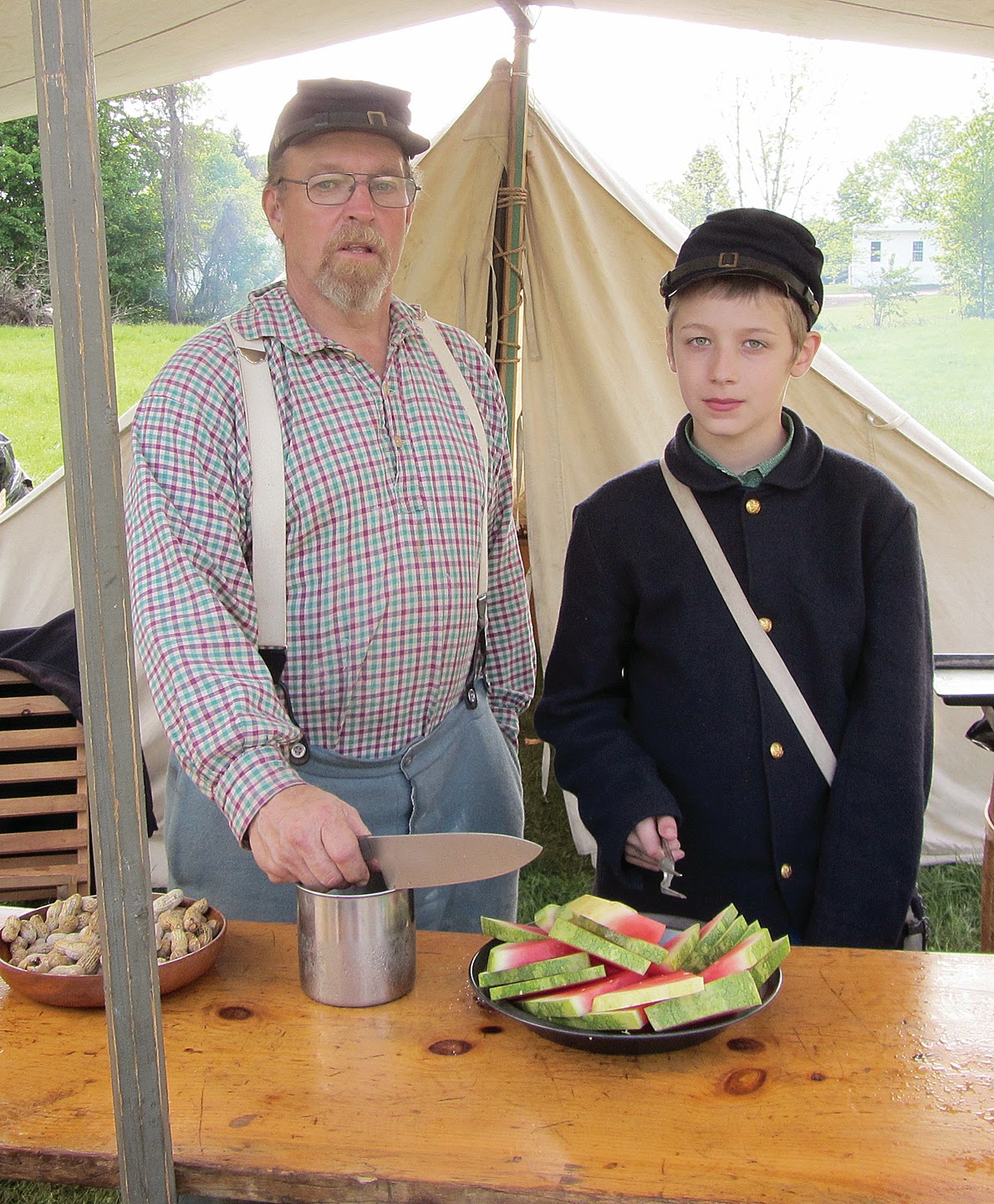The Middle School Advisory Committee, made up of residents from Raymond and Windham, staff and administrators of RSU14, and school board members, has been working for several months to address issues in the current middle school facilities. Since beginning to meet in October, the committee has brainstormed and discussed options, narrowing the choices to three. At their next meeting, on Thursday, May 29th, (the day before The Windham Eagle hits mailboxes) the group will hear projected financial details of the three options they have selected as most viable.
Catriona
Sangster, chair of the school board, said she thinks the process has been a
healthy one, with representation from many directions offering a lot of
different perspectives as they thought about the issues. “Everyone is keenly
aware of some of the challenges we’ve had these past five years as a
consolidated district,” she said. Rather than coming up with short term
solutions, which has been attempted in the past, the committee has been trying
to think long term about what is wanted for students.
“I
feel that we’ve been very deliberate with this Middle School Advisory
Committee,” said Sangster. “We had greater representation, we’ve done a lot of
homework, and we’re thinking long term.”
Middle
school facilities have been a consideration for the board since the
consolidation of the school district five years ago. In June 2010, an
application was made to the Department of Education (DOE) for a new middle
school. In May of 2011, the district was notified that it was placed 42nd
out of 71 applications in terms of priority. Only six schools were chosen for
building projects, and it is estimated that it could be more than 20 years before
RSU14 gets DOE construction support.
In
2011, a proposal to close Jordan-Small Middle School (JSMS) in Raymond failed a
board vote. In 2012, a proposal to redistrict the schools also failed in a
board vote. In fall of 2013, the MSAC was formed. Their goal is “to investigate
and consider additions and/or renovations to Windham Middle School and Jordan-Small
Middle School and to compare any possible changes to existing middle schools to
that of a new and consolidated middle school that supports high performing
middle level educational programming,” according to a recent flyer put out by
the committee.
The
committee has met monthly, with the exception of April 2014, since October. They
began with an organizational meeting, including a review of the history and
what they were charged with doing. In November, the committee conducted site
walks of both JSMS and Windham Middle School (WMS), and discussed the issues in
each building. In December, architect Lyndon Keck of PDT Architects provided an
overview of the schools.
January
brought brainstorming of many different scenarios and possibilities, and in
February the 11 options that resulted from the brainstorming were reduced to
seven. In March, the seven options were discussed further, and an eighth option
emerged. At that meeting, the committee created guiding principles to follow,
and narrowed the field to three choices to explore in greater detail.
The
three top options that have emerged are to renovate JSMS and build a new WMS;
to build a new RSU14 consolidated middle school on the Windham campus; and to
shift grades among schools and build a new consolidated middle school on the
Windham campus.
Throughout
the process, Sangster said, the committee has been aware of the potential
issues that could arise. “We’ve been thinking about the political downsides and
trying to make a thoughtful plan that presents the good sides, the challenges
and solutions,” she said.
Raymond
resident and member of the Raymond Board of Selectmen Teresa Sadak is concerned
about some of those challenges, in particular the funding aspects. Building a
school without state funding is a tremendous financial burden that the towns
can’t bear, she said. She said the schools are already cutting back on
everything, from staff to supplies. “How do you think people are going to pay
for a school when they can’t pay for the other stuff?” she asked. “The money
you can put into the schools is a lot cheaper than a brand new school,” she
added.
Sadak
is so concerned about the options being presented, all of which include new
construction, that she has begun a petition to dissolve the RSU. This is a long
process she said, and she is deliberately taking is slow. “I’m trying to exhaust
every other opportunity first,” she said.
Sadak
feels that the best options are those that look at utilizing the buildings
already in place in the most effective ways. “Jordan Small Middle School is
underutilized,” she said, adding that she doesn’t want to see construction when
there is already space going unused.
Part
of the issue, she said, is ineffective consolidation. “We are not Windham and
Raymond anymore, we are RSU14,” she said. “We have all these buildings that
aren’t being used fully. We need to take Windham and Raymond off the map. If
that means sending kids to Raymond, then you do it.”
Sangster
said that WMS is not viable for the future due to the condition of the building.
JSMS is not in the same state, she said, and there are opportunities to
renovate there. The overall goal in any new construction, she said, would be to
build something that will last and can be modified as needed in the future.
School
board member Kate Brix acknowledged that there is a lot of emotion around the
issues, for a number of reasons. She said that having two towns involved complicates
the issues. Financially speaking, Brix said putting the required money into a
middle school with declining enrollment doesn’t make sense. When talking about
building there are many considerations, she said, such as where to put it, and
are people willing to spend the money. The best the committee can do is to
determine the best choices and present them to the board, doing what they think
is best for the community as a whole, she said.
Sangster
said the committee is not at a point where final decisions are being made. The
role of the MSAC is to think through all the options and present their
recommendations to the school board, she said. From there, the board makes a
decision on how to move forward. Recommendations will include having
opportunities for public input, since ultimately the decision is in the hands
of the voting public, Sangster said.
At
the meeting on May 29th, the committee will be presented with some
more detailed information on the financial aspects of the top three choices,
and the hope is they will have a plan to present to the school board following
that meeting, said Sangster. It’s likely, she said, that the committee won’t
present one solution to consider, but will give the board more than one choice
to consider.
Brix
has created four infographics that were sent out via the school listserves to
any parent who signed up to be on the email lists. This information was also
sent to school board members, staff, the Windham Town Council, the Board of
Selectmen in Raymond, the Chamber of Commerce, and a child care liaison. Additionally,
Superintendent Sandy Prince included the latest infographic in his quarterly
newsletter, the LINK. Minutes for all of the meetings, and video of the
informational sessions held with staff are available on the RSU14 website.















































